An interesting story.
Since its origin when it was ordered to be built in the sixteenth century for his residence Captain D. Francisco de Navas, who actively participated in the reconquest of the Kingdom of Granada.
A MAGICAL PLACE
A reference location.
The location of the palace has been a reference throughout history, in its origin this neighborhood was known by the name of “Axibin”, and was the place chosen by the Arabs dedicated to ceramics in the Nasrid period. Later, it was a residential area of reference for the high nobility and aristocracy of Granada, being the palace of the Navas an icon of the architecture of the time, with a design very similar to the facade of the Royal Chancery and the convents of the sixteenth century. Between brick pilasters. On the central floor there is a central balcony and 2 lateral wrought iron railings that are perfectly preserved.
FULL OF HISTORY
With multiple uses.
The entrance is made of cushioned stone, with an upper cornice and a grille above it, a large wooden door with iron fittings and ironwork, gives way to a hallway, and this to a courtyard that is peristyle with four Tuscan columns and acanthus leaf footings with metamorphosis at the end where animal and human heads are carved, all of them different. In the center of the patio there is a low Arabic fountain of white marble. A wide staircase of three flights leads to the upper galleries, today converted into comfortable rooms. The palace has had different uses: Hospital, Mint, it was also a convent of the Congregation of the Holy Spirit, and has been converted into a hotel full of history.




